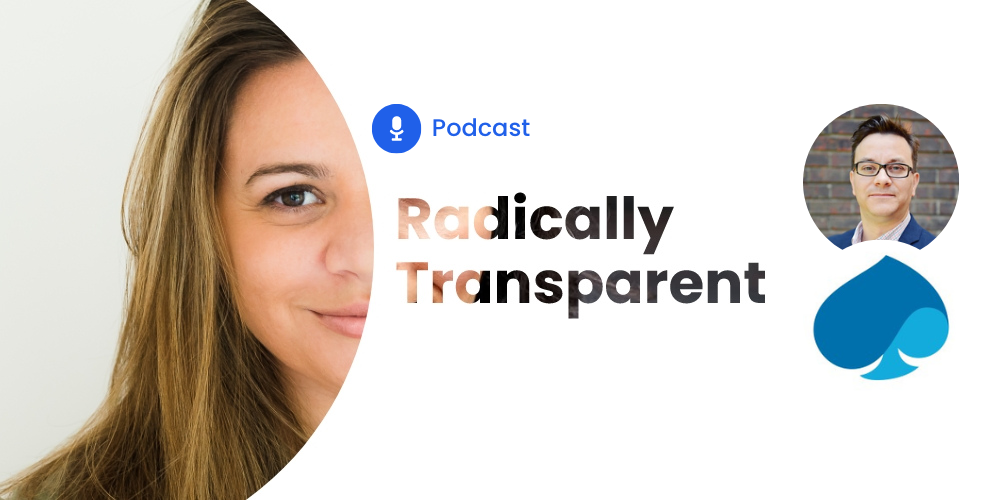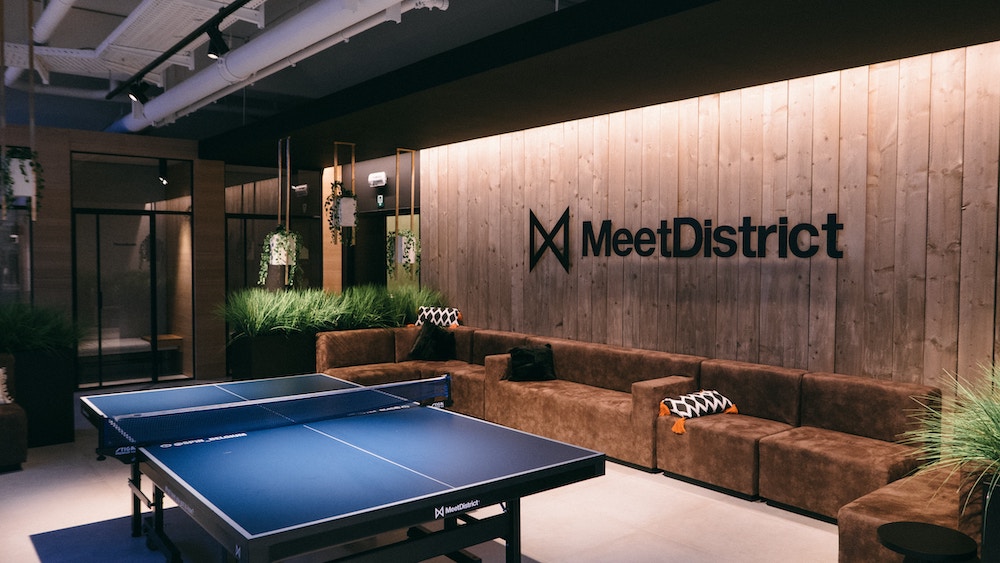3 key elements to help connect with your audience on social media

Table of contents
With increased social media adoption, companies have more opportunities than ever to connect with their audience. Unfortunately, many B2B companies never get past the promotion stage of their social media strategy. To truly see success, your goal needs to include audience engagement on a deeper level.
Here are 3 key elements your social media strategy should include making those connections successful:
Get to Know Your Audience
Failing to understand who your audience is, their pain points, and their overall goals can doom any marketing initiative from the outset. If social media posts and other content do not address subjects your audience deems valuable and worth their time, they will not read it and won’t return to check out future content.
Connecting with your audience requires an understanding of your potential buyer, even though few companies take the time. In a recent study, only 44% of businesses had developed buyer personas. If you don’t fully understand your audience’s typical day, roadblocks and/or processes, it makes it a lot more difficult for you to promise them that you can improve their pain points.
Fortunately, understanding how to create a basic buyer persona is fairly simple and can be accomplished in a couple of easy steps:
- Survey current clients – Mine information from current happy customers for insight into the type of material they find valuable. Short surveys are powerful tools that yield relevant results. Why do they use your product? What do they like best? The answers to these types of questions begin painting a picture that you can use to attract new leads.
- Take it social – Social media provides marketers with a compelling stage to connect with their audience and delve into their wants and needs. Through social listening tools you can monitor and join relevant conversations about your brand and industry to get a better idea of what your audience’s opinions and concerns are, then leverage that knowledge and understanding to connect with, and bring in new business.
Once you gain a clearer picture of your audience, you can begin creating content with a certain segment of users in mind.
Tailor Your Social Content
Gaining a complete idea of who your audience is (their interests, goals and personas) is only useful if that information is used to inform how you will communicate with them. Tailoring your content specifically to your customers and prospects will increase its engagement – the beginning of a connection. Here are four steps to customizing your content to fit your audience:
- Find Out Where Your Customers Are: Even if you understand your audience’s pain-points and behaviors, and you create the best social media content , it won’t ever get you far if nobody finds and reads it. For B2B marketers, LinkedIn is the most popular social network, with 83% of marketers saying they prefer to use LinkedIn for distributing B2B content. However, this may not be the case for your business. Research where your audience spends most of their time online and focus your social media marketing efforts there.
- Answer Questions: One of the best sources of content ideas is your audience. As part of getting to know your audience you should have gained a deep understanding of their pain points, challenges and the questions they have. The content you create should address these.
- Present Content in the Right Format: Depending on your buyer personas, your audience may prefer to consume content in different ways. Experiment with blogs, images, videos, infographics, SlideShare presentations and other content formats – and measure which receives the most engagement. Also remember, 71% of users access social media from mobile devices. Be sure your content is optimized for small screens.
- Tone: As you monitor conversations your customers and prospects are involved in, pay attention to the tone and vocabulary they use. In order for your content to relate to them, it should use similar tone.
- Bonus Tip: Keep an eye on relevant Twitter and Google+ hashtags that you can relate back to your content. By relating your content to a trending topic you can leverage the existing buzz surrounding it. This added reach gives your content a greater chance of being found and digested by your target audience.
Respond to Your Social Engagement
As B2B marketers know – a share, retweet or comment isn’t the ultimate goal – it is only the beginning of a conversation. Unfortunately, only about 20% of social media comments get a response from the business, and the average response time is over 11 hours. In order to truly connect with your audience, you need to continue this conversation by responding to the engagement your social media receives.
- Thank Them: One of the simplest things you can do when someone engages with your content is to that them. However, this doesn’t mean you should send out a dozen “Thanks for the RT!” a day. Only thank them when you are able to reciprocate the interaction or move the conversation forward productively. For more information, Convince and Convert has a good guide called “7 Ways to Thank Someone for a Retweet“.
- Provide Additional Resources: Depending on the nature of their comment or reply, the audience member who engaged with you may be looking for more information or an answer to a specific question. This is when having a library of content available is valuable. If you can point them to another piece of content you created, you can move them further down the sales pipeline.
- Ask Questions: Another way to move the conversation forward is to ask the person a follow-up question. This could be asking them their opinion of the blog, asking what other topics they’d like you to cover on the subject or anything else that shows you value their opinion and want to learn more about them. The goal shouldn’t be to just quickly appease them; it should be to direct the conversation in a way that will lead to a future sale.
The main thing to remember when connecting with your audience on social media is your end goal. For B2B companies it is most likely generating leads and sales. While the early stages of your communications should focus on simply being helpful to them, you should have a strategy for how the conversation will be directed towards a sale.
Forging a bond with your B2B audience is the key to enjoying revenue growth and successful sales initiatives. Make the effort to understand your audience, then create content they will find valuable, and distribute it as widely as possible. This consistent process will net strong social media ROI and be well worth the endeavor.




